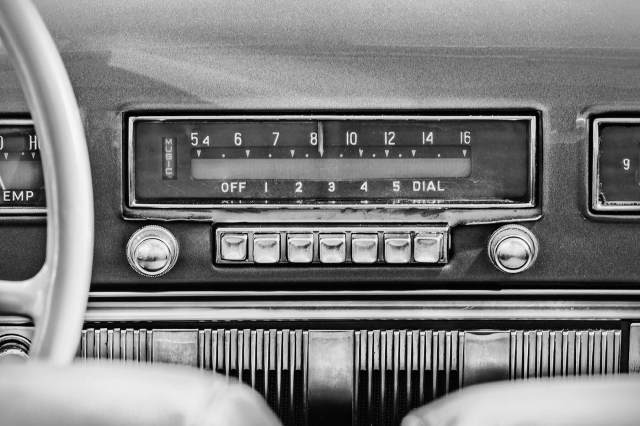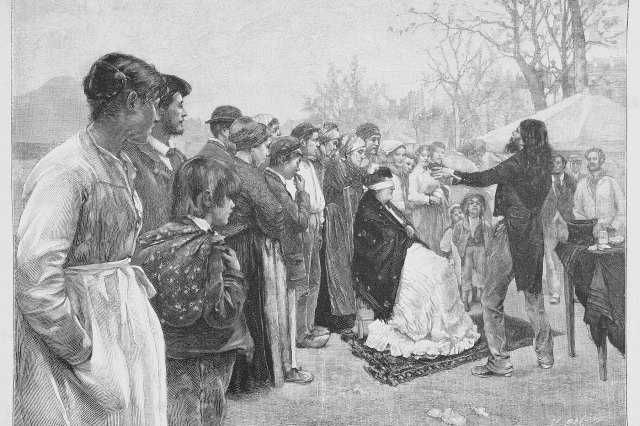Mailboxes and mail slots were made mandatory in 1923.
Before it was possible to have just about any item conceivable delivered to your door with the click of a button, getting the mail took much more effort. When the United States was founded, people had to travel to pick up their mail at a post office, a trip that, for some, could take a full day. By the early 1900s, mail was being delivered to both urban and rural homes by dutiful postal workers, but as communities embraced the new services, new challenges emerged. Rural residents repurposed old food containers and empty oil drums — sometimes still coated in residue — as mailboxes. City residents, meanwhile, didn’t always use receptacles, instead relying on the established routine of letter carriers making deliveries straight to their door; the postal workers would knock first, and wait for a response before handing the mail over.
None of these solutions, however, was terribly convenient for the postal workers who delivered the mail. The Post Office Department (now the U.S. Postal Service) worked to set standards for mailboxes and encourage their use, and in 1923, it was officially mandated that every household have a mailbox or a letter slot. Certain criteria were put in place for mailboxes: They should be affordable but durable; they had to be easy to use, but also secure against theft; their size needed to accommodate a variety of deliverables; and they should have a flag or something similar to indicate mail was ready for collection. Postal workers benefited tangibly from the changes. Not only were the cleanliness and consistency of a mailbox more easily guaranteed, but valuable time was reclaimed. The Post Office estimated that mail carriers who were still knocking on doors lost approximately an hour and a half each day just waiting for someone to answer.
You may also like
Recommendations For You
-
01.
 Science & Industry
Science & IndustryWhy Did Doctors Wear Beak Masks During the Bubonic Plague?
-
02.
 Science & Industry
Science & Industry5 Inventions That Came Out of the Great Depression
-
03.
 Science & Industry
Science & Industry6 Amazing Breakthroughs Made by the Ancient Greeks
-
04.
 Science & Industry
Science & Industry6 Shocking “Scientific” Beliefs From Victorian England











